Perhaps you have an image of Marrakech in mind: exotic, romantic, aromatic, slightly dangerous. And you wouldn’t be too far off. A wide, open plaza adjacent to the mosque in the Medina, or old walled city, packed with people all day, all night, all week; snake charmers; men with monkeys doing tricks (want a photo? that’s 10 dihrams, s’il vous plaît); groups of men in circles gambling on card or dice games; vendors selling fresh-squeezed orange juice from local groves, dates, pistachios, apricots; children begging; women in garb of varying degrees of strictness; groups of travelers: Japanese (with cameras), European (dragging on cigarettes), Americans (the few of us, looking bewildered).
Venturing from the plaza into the souks—the marketplace where the homonyms bizarre and bazaar meet—is quite literally like taking a dip into cold water: You inhale a deep breath, brace yourself for the shock and just dive in. If the plaza is one eye-popping world, then the souks are another, and completely different: a mapless warren of tiny, narrow streets ceilinged with sheets of corrugated metal, plywood or fabric tarps. Your gaze shifts above and around you but not straight ahead, making you cannon fodder for the men, always men, steering huge wheelbarrows, donkey carts, motorbikes—oh, the motorbikes! The air is a mix of cumin, cigarette smoke and small-engine exhaust.
From tiny shops the size of an office cubicle, men, always men, hawk brightly colored scarves, handmade shoes, punch-cut metal lanterns, spices and herbal remedies (just 1 teaspoon in a cup of cold water cures acne! and hemorrhoids! and diabetes!). Freshly butchered goats hang in shop windows, tails intact; a man on a motorbike hauls a stack of cages full of chickens on the back of his moto. Men, always men, watch you leave one shop empty-handed, then run up and tug your sleeve, telling you they have something better, finer, less expensive. 450 dihrams for the scarf? No, I don’t have that much cash on me. Meh, I’m not interested. Oh, only 200? Deal.
Half of the souks are devoted to manufacture: dark alleys strung with bare lightbulbs—how did they retrofit this place for utilities??—with men, always men, cutting out leather soles with giant shears, stitching slippers, dying yarn, punching tin into decorative patterns and fashioning lamps and lanterns. These souks don’t sell to customers; they’re too busy turning out hundreds of pairs of shoes in a day to handle single transactions.
The decorative arts in Morocco are stunning: gorgeous, brightly colored mosaic tiles; wooden screens carved with ridiculous detail, stucco chiseled into impossibly intricate patterns; geometric motifs interspersing with nature-inspired patterns and calligraphic inscriptions from the Koran in Arabic. The culture is a mashup of Spanish, Arabic, French, with a bit of ancient Roman thrown into the mix.
Stay tuned for an upcoming post about cooking and eating in Marrakech!
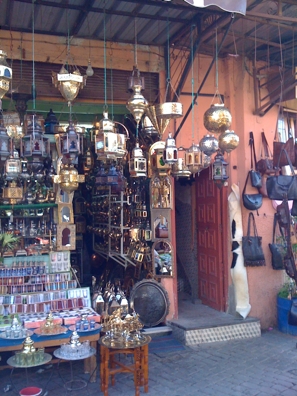


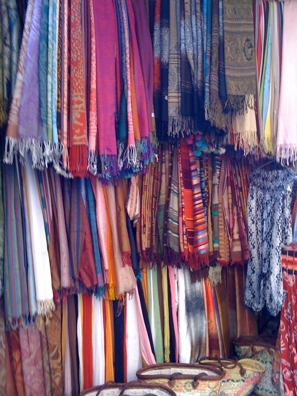



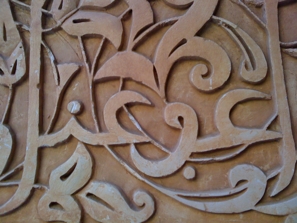

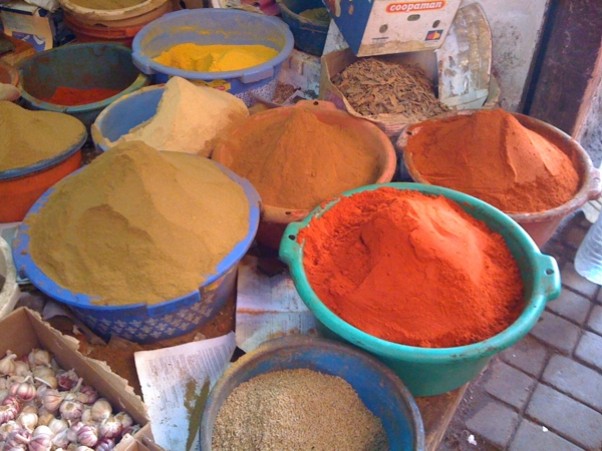
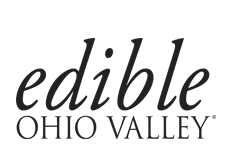

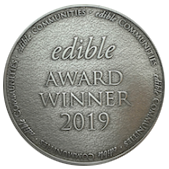
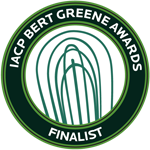

Pingback: Making and using preserved lemon. | writes4food | cooking, eating, drinking in the Midwest
Pingback: Moroccan chicken tagine. | writes4food | cooking, eating, drinking in the Midwest
Pingback: 2011: the best in food. | writes4food | cooking, eating, drinking in the Midwest
Pingback: Millet-vegetable fritters. | writes4food | cooking, eating, drinking in the Midwest
Pingback: Roasted sugar snap and shallot salad. | writes4food | recipes and wisdom from a Midwestern kitchen